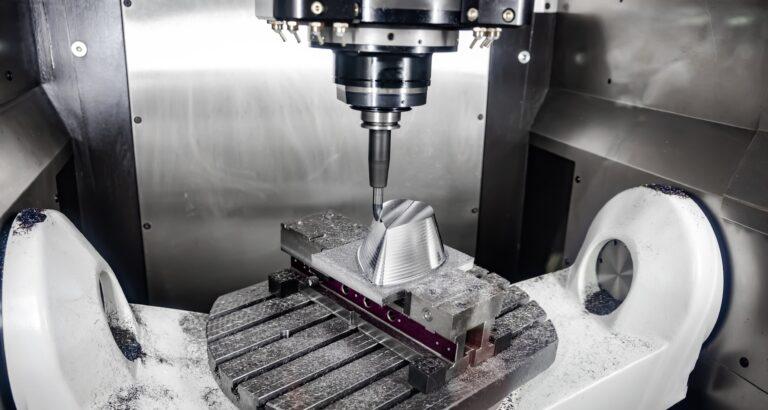The CNC machining industry is evolving towards increasingly automated, connected and controlled environments. In this context, the integration of intelligent sensors and automatic quality control systems is becoming a key tool to ensure part accuracy, reduce inspection times and minimize human error.
This trend, aligned with the principles of Industry 4.0, is transforming traditional workshops into smart plants where information flows in real time and decision making is supported by data.
In this article we look at how sensors and automatic quality control are revolutionizing CNC machining and what advantages they bring on a technical and operational level.
Real-time sensors: the heart of intelligent control
The incorporation of sensors in CNC machines allows the constant monitoring of critical process variables, such as:
- Tool and workpiece position.
- Spindle and environment temperature.
- Vibrations and mechanical stresses.
- Engine torque.
- Coolant or lubricant flow.
These data can be processed by embedded systems or sent to the cloud for analysis. Thanks to them, it is possible to detect deviations or anomalies during operation and make automatic adjustments to maintain quality. For example, a vibration sensor can anticipate a non-optimal cutting condition or tool wear, preventing part failure or unexpected stoppages.
In-process quality control on machined parts: inspect without stopping production
One of the great advantages of sensor integration is the possibility of implementing real-time inspection strategies, known as “in-process inspection”. This makes it possible to check dimensions and tolerances without removing the part or interrupting the work cycle.
The most common solutions include:
- Touch probes for measuring dimensions during machining.
- Laser or optical systems to verify shapes and profiles.
- Cameras and machine vision to detect surface defects.
In-process control allows errors to be identified as they occur, drastically reducing costs for defective parts and post-process inspection times.
Integration with MES systems and traceability in the machining process
The data generated by the sensors can be integrated with MES (Manufacturing Execution Systems) systems to record, analyze and trace the behavior of each operation. This allows automatic quality reports to be generated, the history of each part to be recorded and compliance with stringent traceability regulations, such as those of the aerospace or medical industries.
By combining CNC machining with digitization and advanced sensing, shops can evolve toward more predictive and less reactive manufacturing, where errors are prevented before they lead to waste.
Operational benefits of advanced monitoring in CNC machining
- Reduction of rejects: by detecting deviations in real time, the production of entire defective batches is avoided.
- Predictive maintenance: sensors can anticipate wear of tools or key components.
- Improved productivity: automating inspection speeds up workflow and frees staff for higher value tasks.
- Constant quality assurance: the system checks every part, not just a sample, raising the level of control.
In short, we can say that the integration of sensors and automatic quality control systems in CNC machining centers is no longer an option for the future, but a necessity to maintain competitiveness. These advances make it possible to reduce errors, increase efficiency and ensure complete traceability of each manufactured part.
At Proto&Go! we offer the best CNC machining service for your parts and prototypes. You can request your quotation through the form on our website in a quick and easy way.
What are you wating for? Request your quote now!





